Postural Orthostatic Tachycardia Syndrome(POTS)
What is Postural Orthostatic Tachycardia Syndrome(POTS)?
Postural Orthostatic Tachycardia Syndrome (POTS) is a condition that causes an abnormally fast heart rate (tachycardia) when you stand up from a sitting or lying position. The increase in heart rate is often accompanied by other symptoms such as dizziness, lightheadedness, fainting, fatigue, and shortness of breath.
Postural orthostatic tachycardia syndrome (POTS) is a disorder that drives your heart to beat faster than usual when you transition from sitting or lying down to standing up. It’s a type of orthostatic intolerance.
Postural orthostatic tachycardia syndrome (POTS) is a condition in which most of your blood remains in your lower body when you stand up, and in response, your heart rate is raised.
Your blood generally flows at a steady rate whether you’re sitting, standing, lying down, or hanging upside-down from a tree branch in the backyard. But if that speed changes when you switch positions, that’s a situation called postural intolerance (OI). It’s the most ordinary symptom of POTS. It can cause you to feel light-headed, dizzy, or vague.
POTS makes your heart beat quickly to try to bring blood to your brain, The heart rate can move up by 30 beats or more than 120 beats/ minute after you stand. As that occurs, your blood pressure is likely to fall.
What does Postural orthostatic tachycardia syndrome stand for?
- Postural: Connected to the position of your body.
- Orthostatic: Connected to standing upright.
- Tachycardia: A heart speed of more than 100 beats per minute.
- Syndrome: A collection of symptoms that appear together.
Cause of POTS
Normally, your body’s autonomic nervous system balances your heart rate and blood pressure to maintain your bloodstream at a healthy rate, no matter what position your body is in.
If you have POTS, your body can’t coordinate the balancing action of blood vessel contraction (squeezing) and heart rate reaction. that means that your body can’t control your blood pressure regularly and stable.
With postural orthostatic tachycardia syndrome (POTS), your heart rate rises when you stand up because the bulk of your blood stays in your lower body.
The heart muscles are liable for spreading blood throughout the body. When the heart does not function as it is supposed to, blood may not pump regularly throughout the body.
Postural orthostatic tachycardia syndrome (POTS) is one of a bunch of conditions characterized by an orthostatic intolerance. OI happens when a patient holds symptoms of lower blood volume when they are standing, which are reduced when they lie down.
POTS is differentiated from other OI syndromes by a fast boost in the heartbeat of more supplementary than 30 beats per minute or a heart rate that reaches Within ten minutes, 120 beats per minute of standing within.
Types of postural orthostatic tachycardia syndrome
- Neuropathic POTS
- POTS is associated with injury to the small fiber nerves (small-fiber neuropathy). These nerves control the contraction of the blood vessels in the limbs & abdomen.
- Hyperadrenergic POTS
- High levels of the stress hormone norepinephrine are related to POTS.
- Hypovolemic POTS
- POTS is associated with abnormally low levels of blood (hypovolemia).
- Secondary POTS
- POTS is associated with another condition known as secondary POTS.
- Several conditions and diseases appear to cause you more likely to have POTS. These contain:
- Anemia (when you don’t contain sufficiently red blood cells)
- Click-murmur syndrome ( mitral valve prolapse)
- It can even occur after a serious infection, pregnancy, or head damage.
- Multiple Sclerosis
- Chronic diabetes mallitus
- Amyloidosis
- Sarcoidosis
- Alcoholism
- Lupus
- Sjogren’s syndrome
- Chemotherapy
- Heavy metal poisoning
- Chronic fatigue syndrome
- Diabetes
Why does heart rate increase excessively with Postural orthostatic tachycardia syndrome?
The anatomy of the heart itself is often normal in POTS patients. The following factors combine to cause POTS symptoms:
- Reduced blood flow to the circulatory system.
- Whilst standing erect, there is a significant blood clot underneath the heart.
- Elevated levels of several hormones, such as epinephrine (commonly known as adrenaline as it is released by the adrenal glands) and norepinephrine (mostly released by neurons).
When we stand, gravity draws more blood into the lower half of the body. In a healthy person, to ensure that a sufficient quantity of blood reaches the brain, the body activates several nervous system responses. One such reaction is discharging hormones that assist in constricting blood vessels and cause a modest boost in heart rate. This leads to adequate blood flow to the heart &brain. Once the brain is receiving adequate blood and oxygen, these nervous system reactions settle back to normal.
In people with POTS, for unspecific reasons that may differ from person to person, the blood vessels don’t answer efficiently to the signal to constrict. As a result, the longer you are erect, the more blood collections in the lower half of your body. This demonstrates insufficient blood flow returning to the brain, which can be felt as weariness, dizziness, and lightheadedness. As the nervous system continues to release epinephrine and norepinephrine to constrict the blood vessels, the heart rate improves further. This may induce unsteadiness, forceful or missed heartbeats, and chest pain.
Some people with POTS can have hypotension (a drop in blood pressure) with long-standing (more than three minutes erect). Others can induce an increase in blood pressure.
Who develops postural orthostatic tachycardia syndrome?
Any age, gender, or race can be affected by POTS, however, women between the ages of 15 and 50 who are childbearing women are most frequently affected. Although it can also affect boys and men, most sufferers are women.
Is postural orthostatic tachycardia syndrome caused by anxiety?
Although some of the physical signs of POTS, like tachycardia and palpitations, are similar to those of anxiety, POTS is not brought on by anxiety.
Patients with POTS are frequently given the wrong diagnosis of anxiety or panic disorder, despite the fact that their symptoms are real and can severely impair one’s ability to work. people with POTS are just as prone to experience anxiety or panic attacks.
Symptoms of postural orthostatic tachycardia syndrome
POTS symptoms differ from person to person and may contain: POTS can throw your whole body off balance. You might have
- Dizziness or fainting when standing up, during prolonged standing in one position, or on prolonged walks.
- Nausea
- Vomiting
- Belly pain
- Bloating
- Diarrhea or constipation
- Severe sweating
- Forgetfulness and trouble focusing (brain fog)
- Extreme fatigue/tiredness
- Blurry vision
- Higher or lower blood pressure
- Faster or slower heartbeat (Heart palpitation or racing heart rate)
- Chest pain/ chest discomfort
- Dyspnea (shortness of breath)
- Feeling hot or cold
- Feeling anxious, nervous, or jittery
- Shaking or tremors
- headache body aches, or neck aches
- Insomnia
- Unusual color in hands and feet.
- Severe or long-lasting fatigue
- Lightheaded with prolonged sitting or standing that leads to fainting
- Aggressive heartbeats or heart pulsations (a sense of the heart beating or missing a beat)
- Shakiness
- Intolerance of activity or a long worsening of general signs after increased movement
- A dull face and purple bruise on the hands and feet if the limbs are inferior to the level of the heart
POTS symptoms generally get worse in condition
- In warm climates, such as a hot bath or shower, a hot chamber, or on a hot daytime
- When standing a lot is required, such as when waiting for a bus or doing your shopping
- If liquid and salt intake have not been sufficient, such as after missing a meal
- You get a common chilliness or an infection.
In severe cases, POTS symptoms might make it impossible for a person to remain upright for more than a few minutes. This can significantly affect all personal, academic, career, and social life factors.
Even though POTS symptoms have a medical cause, often people mistakenly link them to psychological conditions like anxiety. Although some POTS sufferers share common anxiety issues with the general population, anxiety is not the cause of POTS.
Diagnosis for postural orthostatic tachycardia syndrome
POTS can be challenging to identify due to its wide range of symptoms. The best test for it might be a tilt-table exam.
Tilt table test
In order to prevent you from falling when the table tilts, your doctor will urge you to lay flat on one and strap it in. Your body is gently raised by the table to mimic standing up. Your doctor will keep an eye on any variations in your heart rate.
- If you match all three of these requirements, you might have POTS:
- Your body responds to standing up by producing an irregular heart rate.
- The more upright you are, the worse your symptoms get.
- Within the initial three minutes of the test, orthostatic hypotension does not happen.
Some POTS sufferers may pass out during this test. Working with a specialist who is well knowledgeable about the issue is crucial. This may be a cardiologist or a neuromuscular specialist, or a medical professional who focuses on issues with your nerves and muscles.
Other tests for postural orthostatic tachycardia syndrome
- test your salt levels in the urine to rule out any other potential reasons for your symptoms.
- Blood tests are used to rule out other causes and evaluate your thyroid, liver, and kidneys.
- EKG and echocardiogram to see how well your heart is working.
- 24-Hour Holter monitor In order to assess the heart rate and rhythm, this equipment records every heartbeat for 24 hours.
- To examine the nerves that regulate sweating, do the quantitative sudomotor axon reflex test (QSART).
- Valsava maneuver to check the nerves that control your heart. You hold your nose closed and exhale forcefully through your mouth.
- Autonomic breathing tests to measure your blood flow and pressure during exercise.
- Biopsy of your skin nerves. Your doctor will take a tiny sample for analysis under a microscope.
Treatment for postural orthostatic tachycardia syndrome
- Although there is no known therapy for POTS, it can assist with your symptoms.
- Medication
- Fludrocortisone (improves salt retention and blood volume).
- Pyridostigmine (may slow a fast heartbeat).
- Widely causing vasoconstriction is midodrine.
- Beta-blockers (which promote blood flow).
- Avoid caffeine
- While caffeine can assist some POTS sufferers, it can also make their symptoms worse if consumed abnormally high caffeine.
- Compression and stockings
- Wearing compression stockings brings blood from your legs up to your heart. You’ll want to find some that go all the way up to your thighs or at least to your waist and offer compression for at least 30 to 40 minutes.
- Diet
- Water and salt are essential. They increase the volume of blood in your body and keep fluids in your body. Think of salty broths, pickles, almonds, and olives. Eat more compact meals more frequently. a balanced diet includes dairy, fruits, vegetables, and protein.
- Exercise
- Being active can be challenging for those with POTS, but even basic exercises like walking or yoga can improve blood flow and maintain heart health.
- Lifestyle
- You might not always have the energy to look after yourself if you become fatigued quickly. Learn how to take your blood pressure and pulse. Check your numbers frequently and ask your doctor what they should be.
- Sleep
- Maintain a regular sleep routine. To make it simpler to stand up after lying down, you may also elevate the head of your bed.
- Communication
- It can be annoying and stressful when POTS makes ordinary tasks a little more difficult. You might find it helpful to handle the emotional problems the disease might bring on by finding a support group or counselor.
Exercise for Postural Orthostatic Tachycardia Syndrome
- For some POTS sufferers, physical therapy can be beneficial. Physical treatment must begin gradually and advance according to your tolerance rather than following a set course because POTS symptoms can occasionally become worse with activity.
- Exercise intensity may be gradually raised as your blood circulation improves thanks to medicine and diet. The objective is to retrain the autonomic nervous system to permit more exercise, which in turn aids in boosting blood volume.
- Exercise can be started while lying down or in a reclining position for those who are unable to stand up straight.
- Due to the pressure created by the water around the body, aquatic therapy may be effective for some POTS sufferers. The manual physical therapy that tackles problems with nerve stiffness and range of motion serves as a bridge to improve exercise tolerance.
If you have postural tachycardia syndrome (PoTS), there are several things you can do.
There are methods you may attempt if you have postural tachycardia syndrome (PoTS) to lessen your symptoms.
- Try lying down and elevating your legs until you feel better if you suddenly feel faint or dizzy.
- Try lying down if you are unable to.
- Standing with your legs crossed, one in front of the other.
- on your toes, swinging back and forth.
- tensing the abdominal and buttock muscles.
- you tighten your fists.
Making lifestyle adjustments may also assist with PoTS.
Do
- Avoid anything that aggravates your symptoms as much as you can.
- and until your urine is pale, consume a lot of water.
- Try doing mild workouts like swimming, pilates, running, and walking.
- To avoid lying flat, raise the head of your bed.
- To enhance blood flow, put on support tights.
Don’t
- Don’t stay up too long.
- Avoid rising too soon after lying down; instead, wait a few minutes.
- Limit your alcohol and caffeine intake.
Who treats postural orthostatic tachycardia syndrome?
POTS can frequently be treated by your primary care physician. It is frequently beneficial to get advice from a neurologist or cardiologist with knowledge of POTS for complex POTS situations. Physicians that experts in rehabilitation can also assist you in creating a personalized workout program.
Prognosis
There is currently no known treatment for POTS, but some individuals may experience symptom relief with time, according to researchers. people experience an increase in their quality of life with appropriate lifestyle changes, exercise, diet, and medical therapies. symptoms of POTS may go away if an underlying cause can be found and is curable. prognosis is positive for the majority of patients, but others will not get better and may even get worse over time.
FAQs
What is the main cause of postural orthostatic tachycardia syndrome?
Following exposure to the stressors listed below, you’re more likely to develop POTS:
Serious infections or significant illnesses like mononucleosis that are caused by viruses,
Pregnancy.
Why does postural orthostatic tachycardia syndrome happen?
The cause of postural tachycardia syndrome (PoTS) is unknown. It may appear overnight or gradually over time. While some people only have minor symptoms, others may find that it significantly affects their daily lives. Your symptoms might get worse in the morning and fluctuate from day to day.
How does postural orthostatic tachycardia syndrome make you feel?
Lightheadedness (sometimes accompanied by fainting), difficulty thinking and concentrating (brain fog), exhaustion, intolerance to exercise, headache, blurred vision, palpitations, tremors, and nausea are only a few of the symptoms of POTS.
Does postural orthostatic tachycardia syndrome cause stress?
Those with POTS experience anxiety more than healthy individuals, but substantially less than those with panic disorder.
Can anxiety cause postural orthostatic tachycardia syndrome?
Although some of the physical signs of POTS, like tachycardia and palpitations, are similar to those of anxiety, POTS is not brought on by anxiety. Patients with POTS are frequently given the wrong diagnosis of anxiety or panic disorder, despite the fact that their symptoms are real and can severely impair one’s ability to work.
How fast should your heart beat when you’re standing up?
A person’s heart rate normally ranges between 70 and 80 beats per minute while at rest. Standing up typically causes the heart rate to elevate by 10 to 15 beats per minute before settling back down.
What age does postural orthostatic tachycardia syndrome usually occur?
Although POTS can occur in people of any age, it primarily affects women between the ages of 15 and 50. Before their periods, some women say they experience more POTS episodes.
References
- Image from Guava Health – guavahealth.com
- Website, N. (2023, February 13). Postural tachycardia syndrome (PoTS). nhs. uk.
- Professional, C. C. M. (n.d.). Postural Orthostatic Tachycardia Syndrome (POTS). Cleveland Clinic.
- Zhao, S. (2023, August 7). Postural orthostatic tachycardia Syndrome. StatPearls – NCBI Bookshelf.
- Postural orthostatic tachycardia syndrome. (2023, September 12). In Wikipedia.

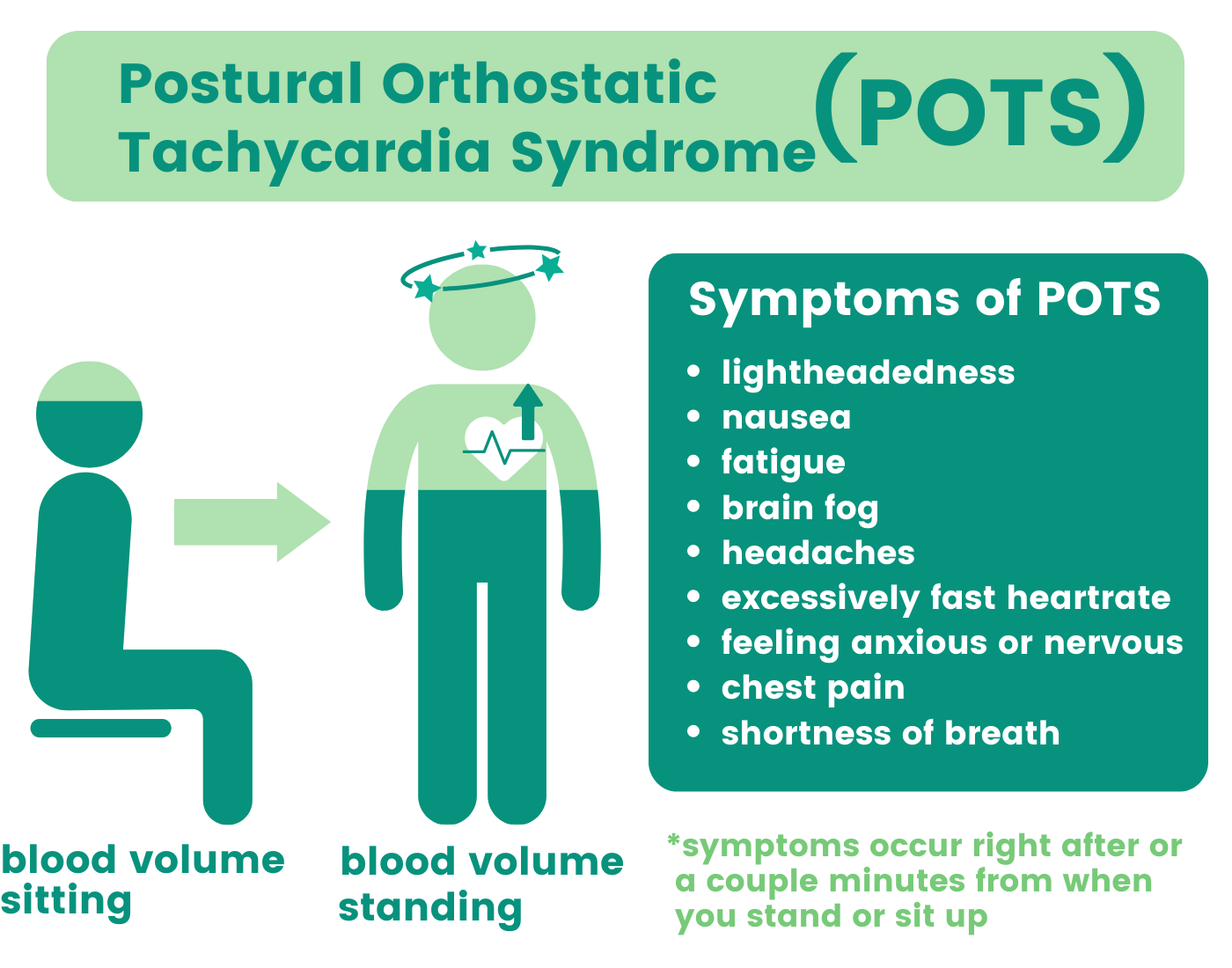
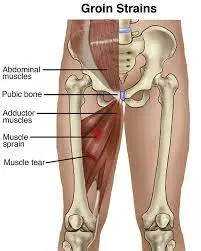
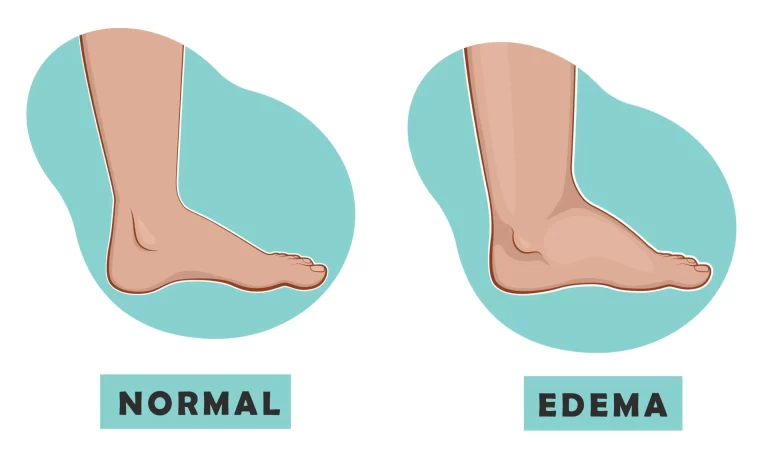


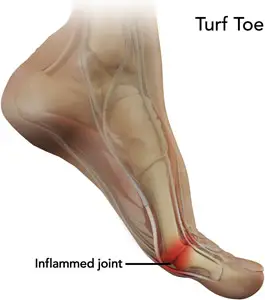
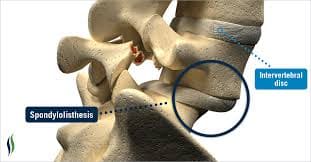
One Comment